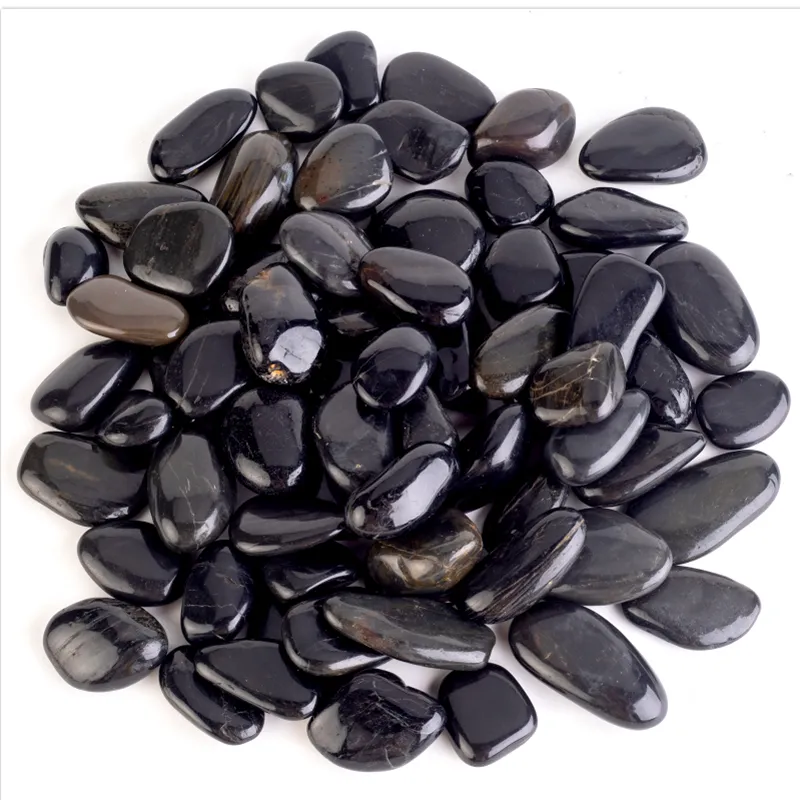2 月 . 19, 2025 11:18 Back to list
White Pebbles


Discussing the trustworthiness of suppliers is equally crucial. Selecting a reliable supplier who adheres to ethical quarrying practices ensures the stones are sourced responsibly, minimizing environmental impact. High-quality white pea pebbles should possess a consistent color and uniform smooth texture, indicating they have been properly tumbled. Reviews and professional recommendations can serve as valuable resources when identifying suppliers who align with these standards. Interior design applications also benefit significantly from the inclusion of white pea pebbles. Whether used as decorative fillers in open-plan shelving, accent elements in potted plants, or the base layer in clear vases, their understated elegance can complement various design styles. Minimalistic interiors can benefit from their clean, polished look, while rustic settings may use them to balance natural wood tones and textures. Additionally, their non-reactive nature makes them suitable for integrating into aquariums and water features without altering water chemistry. Maintaining white pea pebbles is relatively straightforward, adding to their appeal. Regular rinsing can remove dust and debris, ensuring they retain their pristine appearance. For garden applications, a quick wash with a garden hose usually suffices, while interior use may only require a periodic wipe with a damp cloth. Ultimately, the charm of white pea pebbles lies not only in their aesthetic versatility but also in their functional benefits. Their role in water conservation and erosion control underscores their ecological importance, while their ability to elevate design projects attests to their decorative value. For homeowners and professionals alike, incorporating white pea pebbles into a project promises both immediate visual rewards and long-term practical benefits.
-
Tumbled Nephrite Jade in Feng Shui: How to Attract Balance and Prosperity
NewsOct.18,2024
-
Nephrite Jade in Home Décor: Bringing Earthy Elegance to Your Living Space
NewsOct.18,2024
-
How to Spot Authentic Tumbled Nephrite Jade: A Buyer’s Guide
NewsOct.18,2024
-
Healing Properties of Tumbled Nephrite Jade: A Look into Ancient Wellness Practices
NewsOct.18,2024
-
Ethical Sourcing of Nephrite Jade: Ensuring Sustainable and Fair Trade Practices
NewsOct.18,2024
-
Caring for Your Tumbled Nephrite Jade: Maintenance Tips for Longevity
NewsOct.18,2024





